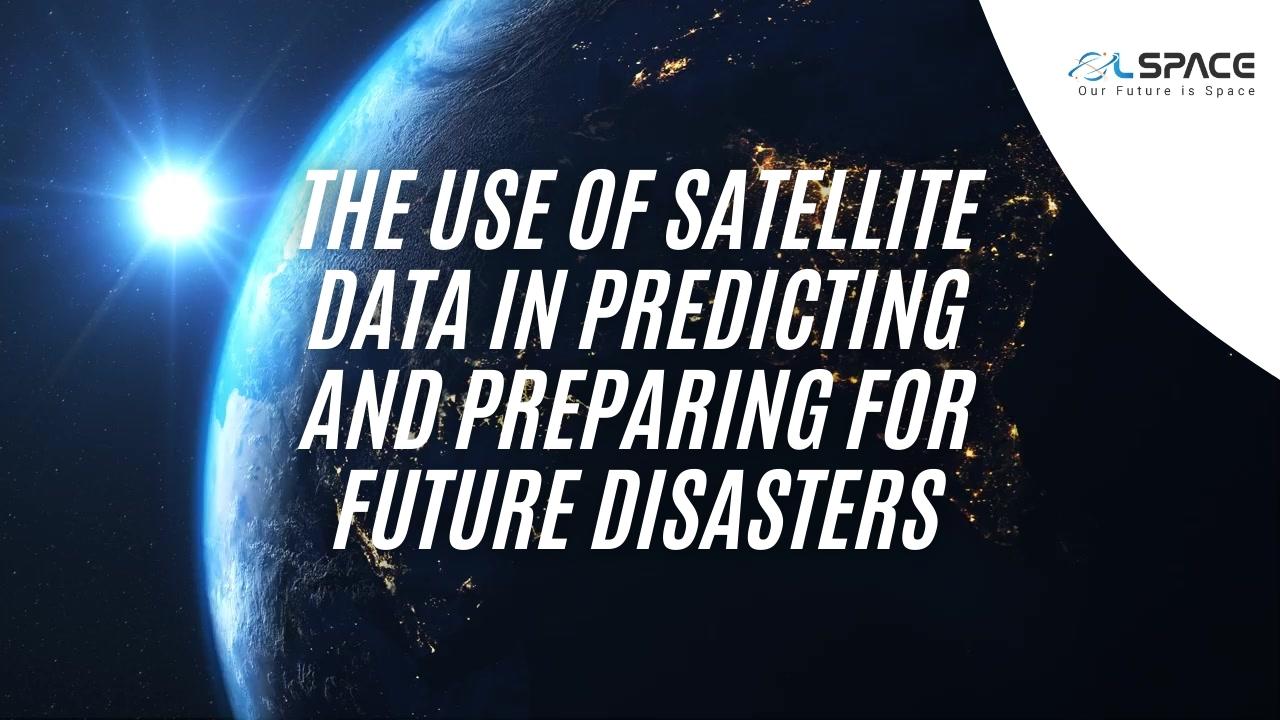24 March 2023
The use of satellite data in predicting and preparing for future disasters

One of the key benefits of satellite data in disaster prediction is the ability to monitor large areas of land and sea. Satellites can cover vast areas of the Earth’s surface, providing a comprehensive view of changes in the environment and allowing scientists to detect potential disaster hotspots. For example, satellites can be used to monitor changes in sea levels, track the movement of hurricanes and typhoons, and detect changes in land cover that could lead to natural disasters, such as earthquakes, landslides, and flash floods.
One of the key benefits of satellite data in disaster prediction is the ability to monitor large areas of land and sea. Satellites can cover vast areas of the Earth’s surface, providing a comprehensive view of changes in the environment and allowing scientists to detect potential disaster hotspots. For example, satellites can be used to monitor changes in sea levels, track the movement of hurricanes and typhoons, and detect changes in land cover that could lead to natural disasters, such as earthquakes, landslides, and flash floods.
Another benefit of satellite data in disaster prediction is the ability to monitor changes in real-time. By using high-resolution images and other forms of data, satellites can provide up-to-date information about changes in the environment, allowing governments and organizations to respond quickly and effectively to potential disasters. This can help to reduce the impact of disasters and minimize the number of casualties.
In addition to predicting disasters, satellite data can also be used to prepare for and respond to disasters. By providing detailed maps and images of disaster-affected areas, satellite data can help to support search and rescue operations, provide information about evacuation routes and shelters, and support the delivery of aid and supplies to those in need.
One of the key challenges of using satellite data in disaster prediction is the need for high-quality data. To be effective, satellite data must be accurate, consistent, and up-to-date, which can be difficult to achieve, especially in remote and inaccessible areas. In addition, the data must be processed and analyzed in real-time, which can be a complex and time-consuming task.
Another challenge is the cost of satellite data. Satellites are expensive to launch and maintain, and the cost of obtaining and processing satellite data can be high. This can make it difficult for governments and organizations, especially in developing countries, to access and use satellite data to predict and prepare for future disasters.
Finally, the use of satellite data in disaster prediction and preparation also requires specialized skills and expertise. Scientists and experts must be able to analyze and interpret satellite data to make accurate predictions about future disasters, which can be a complex and time-consuming task.
In conclusion, the use of satellite data in predicting and preparing for future disasters has become increasingly important as the technology has advanced and become more widely available. By using satellite data to monitor changes in the environment and predict the likelihood of future disasters, governments and organizations can take proactive measures to mitigate the impact of these events and save lives. However, the implementation of satellite data in disaster prediction and preparation is not without its challenges, including the need for high-quality data, the cost of satellite data, and the need for specialized skills and expertise.
